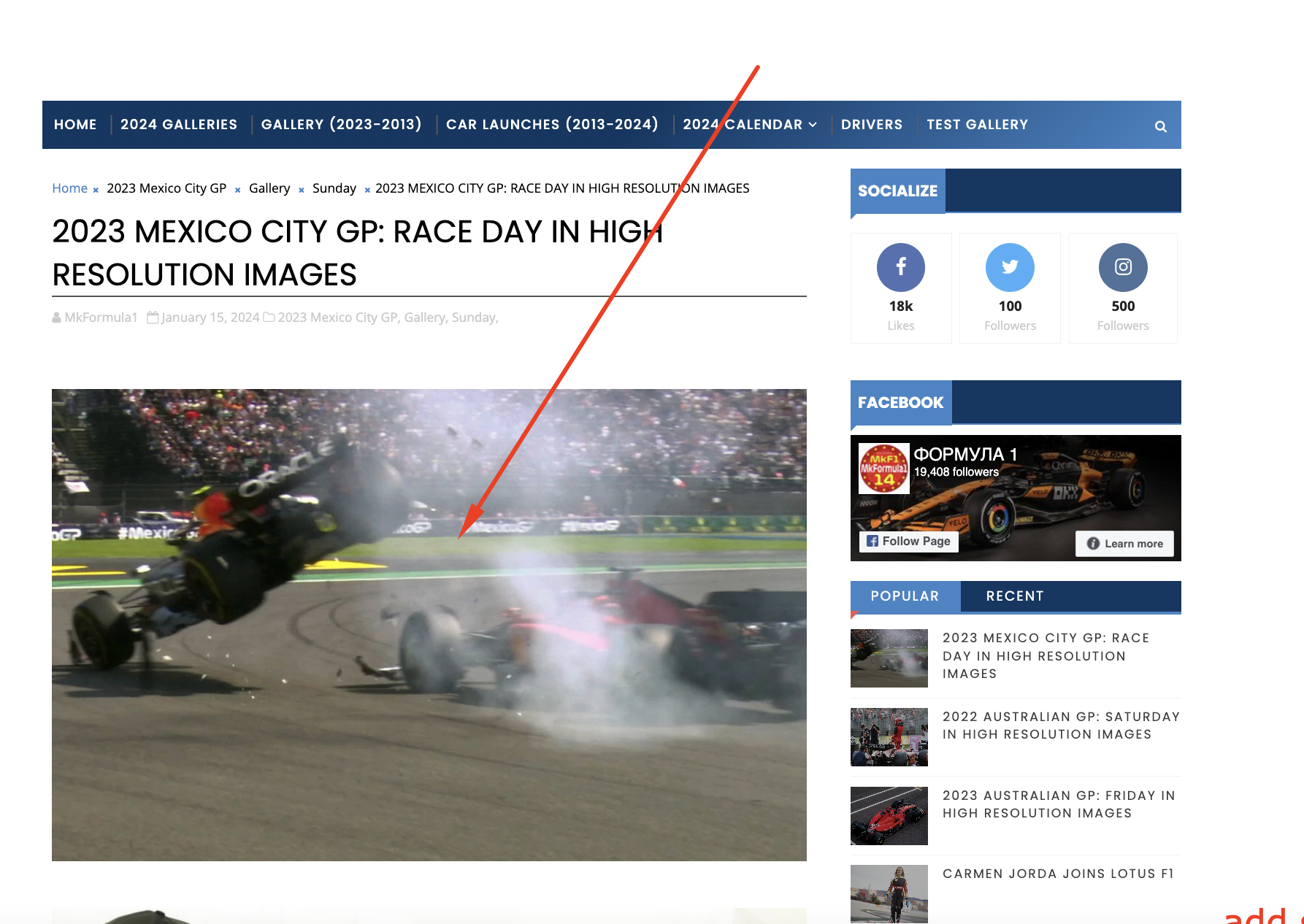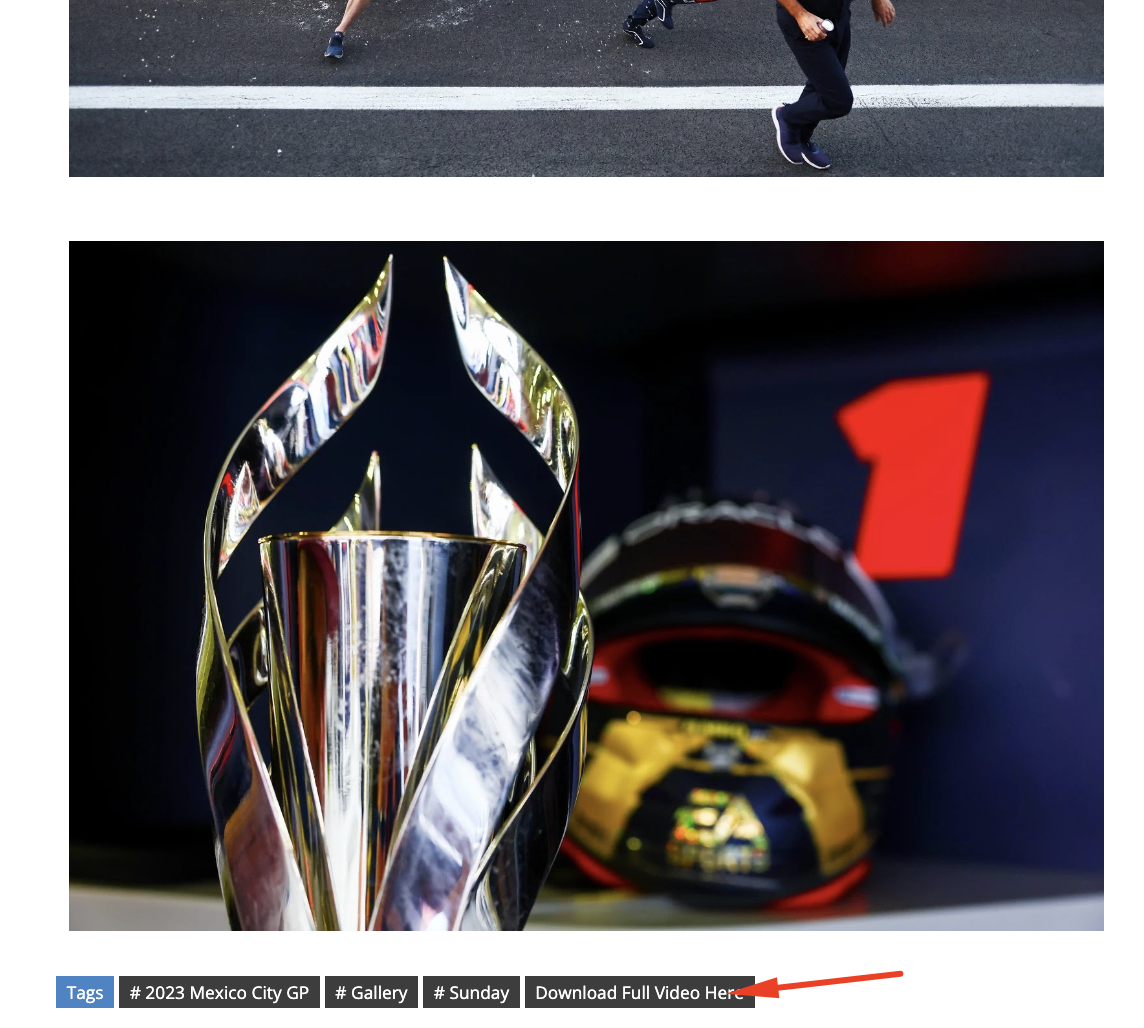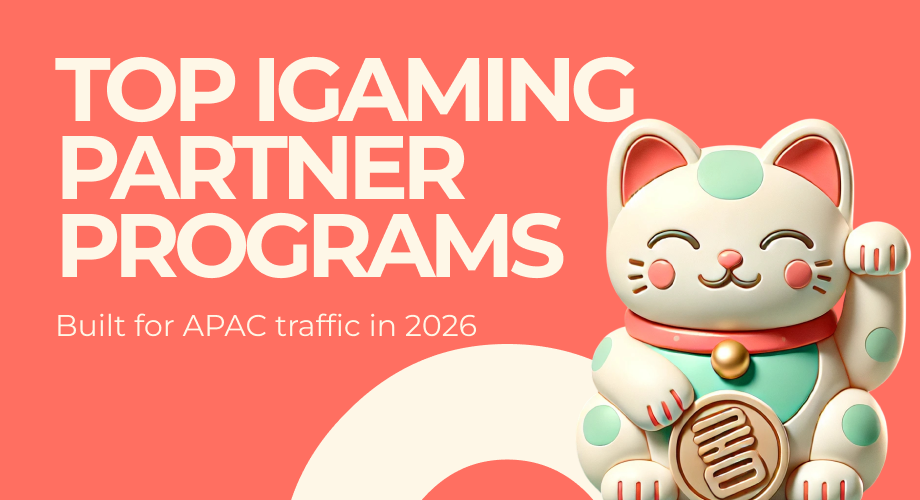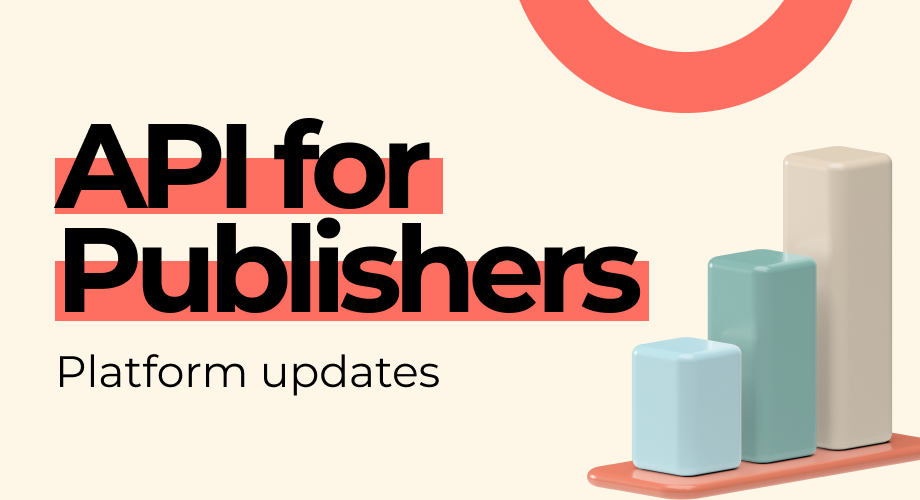Blogspot (or blogger) is the most convenient free cloud platform, while WordPress is the most renowned free blogging engine.
Many publishers are familiar with monetizing blogs through banners, pop-under tags, social bars, various other rich ad formats, or collecting push notifications subscriptions already. Each of these methods is well-known and comes with its own set of advantages and drawbacks.
So, what about blog monetization?
We want to introduce you to a few slightly overlooked but highly effective methods of traffic monetization for blogs through direct links (smartlinks). If your blog is dedicated to topics that attract a substantial audience, features stunning pics, sport, wallpapers or even 18+ content, or other types of content, you might find these strategies particularly beneficial.
How to Start Monetizing blog by Adoperator.
If you are not registered in Adoperator as publisher or not familiar with smartlinks we recommend to read the article "Traffic Monetization Using Smartlink" to understand how to create a smartlink (literally direct link) from your publisher’s dashboard.
And then, let's consider a classic blog and explore the opportunities it offers for promoting direct links and other forms of advertising.
Classic Delayed Meta-Refresh Redirect Scheme
If your blog's audience is coming from various social networks just for the content and doesn't linger on the site much, you can implement a delayed redirect.
For instance, if you know that your users typically spend about 2 minutes on your site, you might set up a redirect that triggers after 1 minute and 50 seconds. This is an aggressive strategy, but in some cases, it can serve as an additional revenue stream.
Here's an example of meta refresh redirect
Just add a meta refresh tag in the head section of your blog.
<meta http-equiv="refresh" content="50;url=your-destination-url-here"> (simply change "your-destination-url-here" to smartlink url)
Skim Links
Link your images to a smartlink set to open in a new window (do not forget to set no-follow for search engine spiders). This way, you keep your audience while making profit from users who enjoy clicking around on your blog.

Tip: Link image from your blog to your smartlink
Integrated banners and buttons
Implement native links or download buttons into your content, directing users to advertisements. Such banners spreaded wide and even are commonly seen in Google AdSense feed.
However, it's known that Google pays less than 10% of advertising revenue to its publishers. Additionally, earnings from directlinks can be more effective for various reasons. Why lose out on potential profit?

Tip: create native buttons and link to your smartlink
If you're a beginner and unsure about how to edit your blog, we've put together a guide for you:
Blogger Platform - How To.
To insert a link into an image in a Blogger blog post, you can follow these Points:
1. Go to the Blogger post editor and place your cursor where you want to insert the image.
2. Click on the "Insert Image" button in the toolbar.
3. Select the image you want to insert and click "OK."
4. Once the image is inserted, click on the image to select it.
5. Click on the "Link" button in the toolbar.
6. Enter the URL for the link you want to add and click "OK."
7. Save your post.
Alternatively, you can also add the link directly to the image when you upload it by clicking the "Link" button in the "Upload" window. PC
Also, you can add the link to the image by editing the html code of the blog post, find the img tag and add a tag with href attribute containing the link.
Wordpress Platform - How To.
The best way for this should be to insert the link directly when inserting the image from the WordPress media library. Thus, please click “Insert Image” and after choosing the image, find the “Link target” field. That’s where you’ll have to insert the link URL.
Alternatively, you could of course manually create the correct HTML code.
Do not forget to rebuild your pages!
In this article, we explored alternatives to AdSense and pop-under tags for Blog monetization.
The best way to monetize depends on your blog's niche, audience, and scale. Don't shy away from experimenting — traffic monetization is always about moving towards new methods and opportunities. Direct link monetization may become your primary cash cow!


